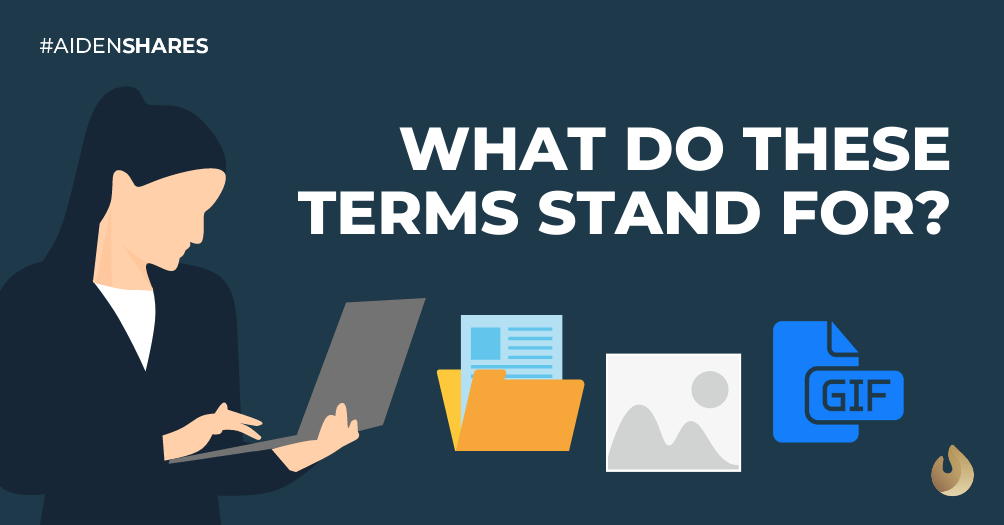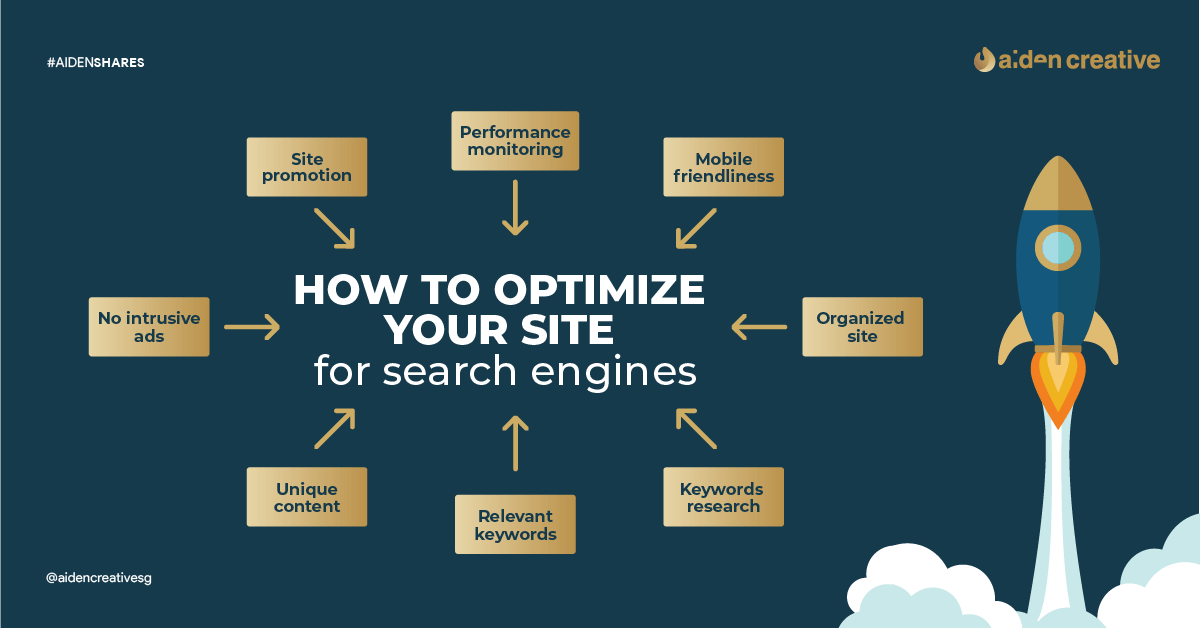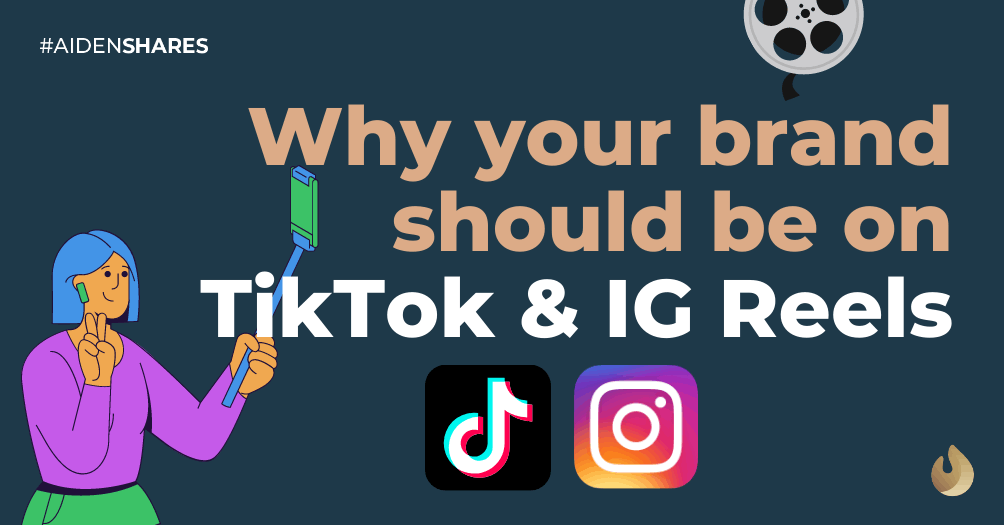What Do PNG, JPEG, GIF, EPS, PDF, and HEX Stand For? 🤔

We use PNG, JPEG, GIF almost every day. When you breathe in a world of Slack, Google Workspace, even Discord, these abbreviations are easy to understand for you.
But, as surprising as it may sound, many people do not actually know what these terms stand for.
Explaining abbreviations of PNG, JPEG, GIF, EPS, PDF and HEX
There are countless abbreviations in the digital era.
From common file extensions for documents, such as .doc or .txt, to videos that could come in many formats with varying extensions, like the ones that end up in .mp4, .mov or .avi.
Abbreviations are not always for file extensions, though. There are some computing abbreviations that you may encounter every day, like RGB or HTML.
Among all these abbreviations, there are some that have a regular occurrence in your daily life.
PNG
PNG stands for Portable Network Graphics.
It is a widely used image format for the web. Since the image is in a lossless file format, the picture will have excellent quality and details even after compression. The downside is that the file size would be bigger than other image formats.
JPEG/JPG
These are interchangeable terms. JPEG (or JPG) is an acronym for Joint Photographic Expert Groups.
Much like PNG, people tend to use images in JPEG/JPG format. Unlike PNG, JPEG is a lossy format image. Compression makes the images have lower quality than PNG ones. For this reason, the file size is generally smaller than PNG files.
It is not all bad because some people prefer small-sized images for a website to help image optimisation for search engine optimisation purposes.
GIF
The pronunciation war between GIF and GIF can take days to sort. (If you read it differently in your head, then you know what we’re talking about.) GIF stands for Graphics Interchange Format.
It has been around for a very long time. Back in 1987, GIF had a different purpose. It was the only image format that supported transparency, and hence, you could use it over a coloured background. Ever since PNG came into the picture (pun intended), people started to use PNG instead of GIF for the same purpose.
It is still a popular image format. In the current era, people use it to create a short animated image or meme. These are the ones you share with your friends on a daily basis.
EPS
EPS is an acronym for Encapsulated PostScript.
Adobe created it in 1992 for people to place images or drawings in their PostScript documents. Most people consider this format to be the best format for high-resolution printing of static media.
It used to be a widely used format in the printing industry but was replaced by the well-known PDF format.
When you want to send an electronic view-only document, the best way to do it is to send it as a .pdf file. PDF stands for Portable Document Format, and its name describes its function very well. This format can be opened on most modern devices.
PDF is very important today. You write a product manual in your word processor, like Microsoft Word. Once you finish it, you save the manual as a PDF file. Now, anyone can open this manual because it is widely supported, and you do not need to download an additional app to view it.
In contrast, if you save the manual in Microsoft Word format (.doc or .docx), people can only read it if they have supported applications to open it on their devices.
HEX
HEX is short for hexadecimal. It is a six-digit combination of numbers and letters, like #FF0000. It is actually a ‘language’ to be used by a computer to interpret and display colour.
The six-digit combination consists of three pairs of hexadecimal numbers that tell the intensity of red, green, and blue or #RRGGBB. The everyday use of this code is in the form of hex colour codes.
A quick recap
- PNG = Portable Network Graphics
- JPEG = Joint Photographic Expert Groups
- GIF = Graphics Interchange Format
- EPS = Encapsulated PostScript
- PDF = Portable Document Format
- HEX = hexadecimal
Now you know what these terms mean.






